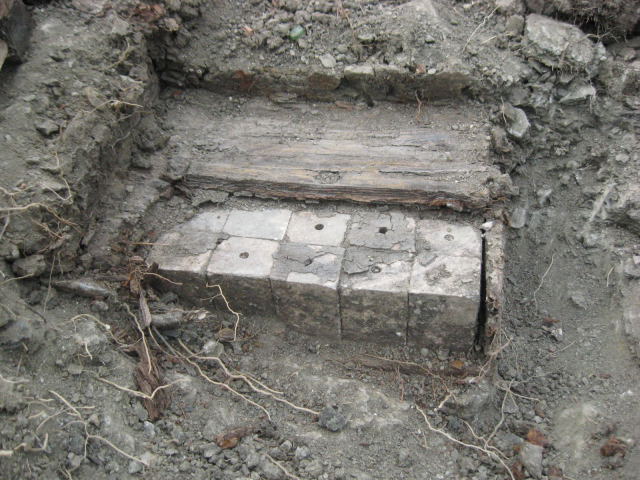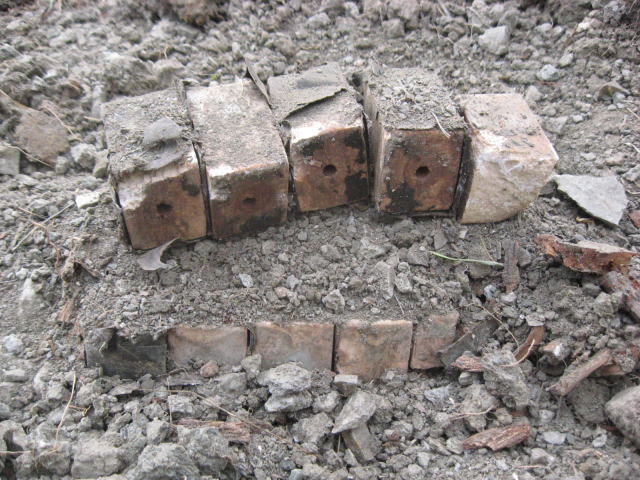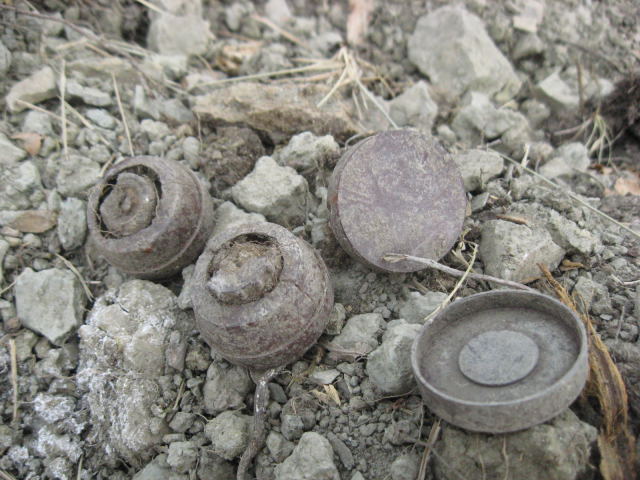WWII Ordnance Disposal
Unexploded WWII artillery shells and other artifacts
All over Italy, it is not uncommon today to find dangerous battlefield relicts leftover from WWII. When this entails the evacuation of large populated areas, such as when aerial bombs are found, the news often surfaces in the media. Tuscany is no exception to that, having received more than its share of high explosive during WWII.
Unexploded aerial ordnance in particular is often found underground, as its considerable weight and design characteristics enhance penetration. Defective ordnance and the practice of jettisoning bombs away from the target when needed result in a relatively high number of bombs found today, usually during extensive construction work, also in areas where no planned bombing took place in wartime. In fact, in Northern Italy it is not uncommon to find still dangerous ordnance dating from World War One!
Besides their big brothers, however, one should not underestimate the lethality of the smaller ordnance, which constitute the majority of what is found today in the countryside. Artillery and mortar shells, hand grenades, land mines, mostly of the antipersonnel type, etc., constitute a serious potential hazard even today. Sometimes, people just happen to find them, other times they are found while searching for battlefield relics. In all cases, it is necessary to follow a few, common sense and simple safety measures to avoid all risks.
1. First of all, when you find anything you just suspect to be dangerous, do not investigate out of curiosity in a careless manner. DON’T TOUCH!
2. Keep calm. If you do not disturb it, it will not harm you.
3. When circumstances permit it, immediately report your finding to the local Police / Fire Fighting authority, best if without leaving the object unguarded (use your mobile phone if possible, and follows the instructions you receive; or, send somebody else to report, etc.)
4. If you must leave the place unattended, circumstances will dictate whether to keep the dud hidden from view or to signal its presence, depending on the likelihood that somebody else may be endangered while you are away. In general, it is usually wiser not to attract attention as this may invite tampering. Of course, keep note of the exact place where the object is located, also by using markers apparent only to you (such as a torn branch, etc.).
Proper authorities, once alerted, will then dispose of the ordnance by applying the required SOPs.
WARNING: Never, ever try to pick up, open, defuse, burn, transport, or otherwise disturb explosive devices or their parts. This is both a criminal offense and an extremely dangerous practice for you and those near you.
Marcoiano - Blasting - September 4th, 2008
An unusual find has been made in Marcoiano whereabouts, Scarperia municipality, during some works of excavation in a private property located nearby the road that leads to Panna. The excavator has uncovered, during two different days, two WW2 IED (Improvised Explosive Device) anti-tank mines, manufactured in those days with the materials that were available at the moment. Evidently, in order to defend the Futa Pass valley against the advance of the US tanks, the german army posed these mines, made of by a modified wooden box filled up with 75 explosive blocks (200 gr. each) and italian igniter/primer. Mines clearing operations, managed by the Rgt. Genio Ferrovieri based in Castel Maggiore (Bologna) in participation with Carabinieri, station of Scarperia, ended during the late morning of September the 4th with the blasting of the whole explosive found (30 kg) in Sant’Agata whereabouts.


